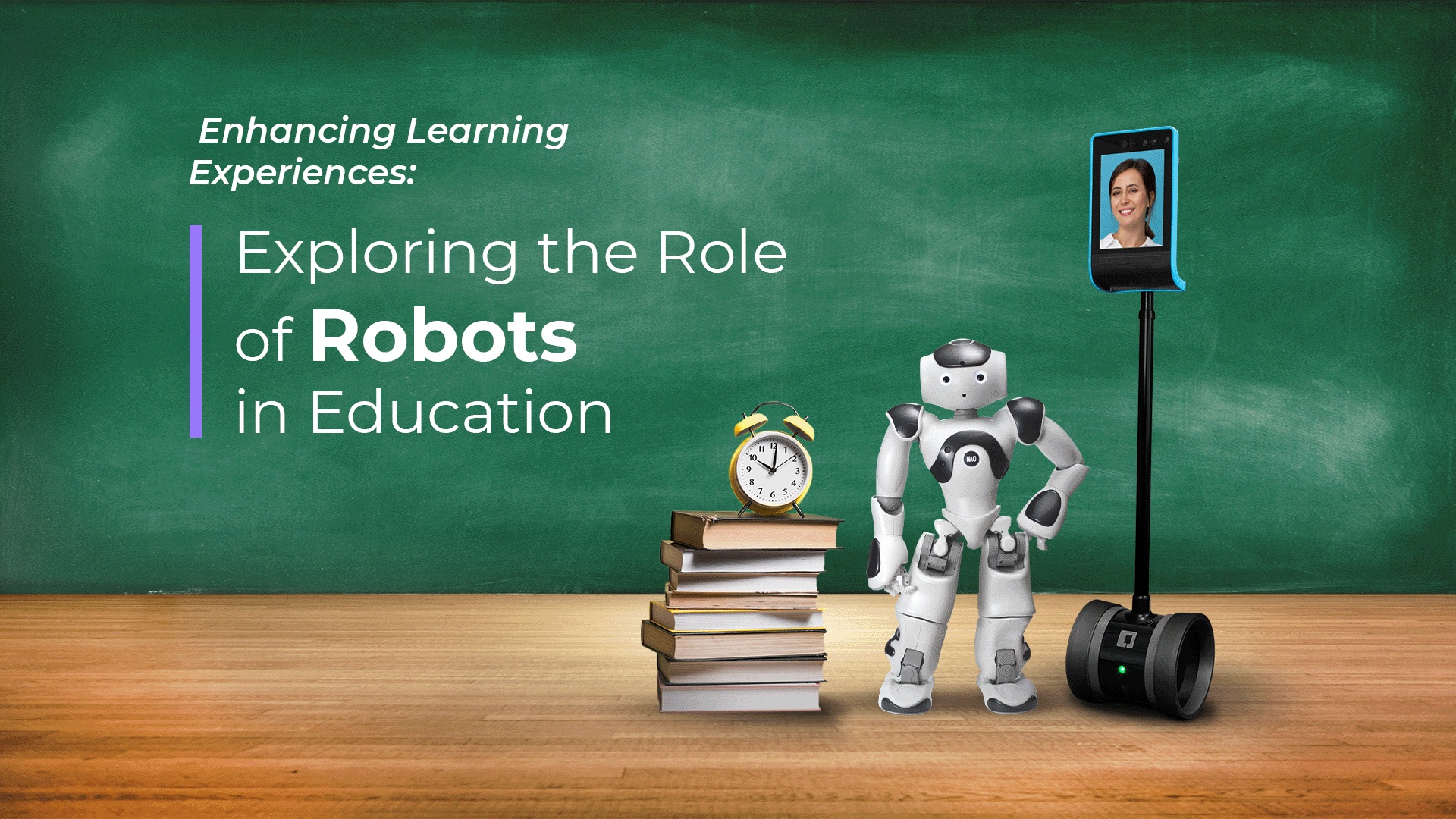The education sector has always embraced technological advancements for various reasons, and incorporating technology into education to enhance overall learning experiences is one such area of growing interest. Technological innovations have made robots one of our greatest weapons, and their use in education has been put to the test repeatedly. With their ability to interact, engage, and even teach, robots are revolutionizing the way we learn, thus, directly challenging the conventional ways of learning. In this blog, we will explore the role of humanoid robots, with a specific focus on the NAO educational robot, and explore how robots are changing the field of education.
The rise of humanoid robots in education
Humanoid robots resemble humans in appearance or behavior with their ability to strike up a natural conversation. These types of robots have gained significant traction in the field of education as they can connect with learners and students on a deeper level. The NAO robot is one such humanoid robot that has become popular in educational settings.
NAO educational robot: A game-changer in the classroom
NAO, a programmable humanoid robot, is designed to assist in education settings in particular. Its expressive face, natural language processing abilities, and the ability to move and interact with its surroundings provide an unmatched learning experience in the classroom.
- Engage students: The NAO robot resembles humans to create a more engaging learning environment. His expressiveness and demeanor make the learning process participatory and highly engaging. Students are encouraged and inspired to participate actively due to this engagement.
- Individualized Learning: The ability of the NAO robot to change its learning process is one of its key features. The robot’s teaching strategies and curriculum can be tailored to each student’s requirement. The NAO robot can analyze data, monitor student behavior and provide rapid feedback and personalized coaching, leading to improving learning.
- Developing life skills: The NAO robot helps students develop essential life skills in addition to academic content. The robot provides a safe environment for practicing communication, teamwork, and problem-solving through interactive activities and simulated scenarios.
Robots in education: Classroom reform
In addition to NAO education robot, here are a few other applications of robots that can transform the classroom.
- Assistance and support: Robots can assist teachers in managing administrative tasks, allowing them to focus more on student interaction and instruction.
- STEM education: Robots are excellent tools for teaching science, technology, engineering, and mathematics (STEM) subjects. They offer hands-on learning opportunities and help students develop critical thinking and problem-solving skills.
- Special education: Robots can provide personalized support for students with special needs. These robots can help improve communication, facilitate learning, and promote social interaction among students.
- Language learning: Language learning becomes more immersive and engaging with the help of robots. They can provide conversational practice and instant feedback, making language learning a more interactive experience.
Robots in education: Double 3 revolutionizes remote learning
Robotics has emerged as a valuable resource for homeschooling students and those unable to attend traditional schools by facilitating video interactions. An example of this is Double 3, a self-driving video conferencing robot equipped with two wheels, revolutionizing remote learning. Moreover, Double 3 bridges the gap between students, teachers, and the classroom by offering a physical presence when being there in person is not feasible.
Currently, over 13,000 humanoid robots have been deployed in various schools and educational institutions worldwide, and this number is expected to experience substantial growth in the years to come. The next phase involves exploring the extent to which robotics can harmoniously integrate into our educational system, working alongside human counterparts.
Given the constant expansion of technological innovation, it is reasonable to anticipate that robotics and artificial intelligence will continue to present new prospects for the education industry in the future.
Final words
As technology advances, robots’ role in education will only grow. Humanoid robots, like the NAO educational robot, can potentially transform the way we teach and learn. With their unique abilities to engage, personalize, and facilitate social interaction, robots enhance learning experiences and prepare students for the future. It’s an exciting time to be a part of the educational landscape, where robots are becoming valuable tools in the quest for knowledge.
Drop us a line
Error: Contact form not found.




